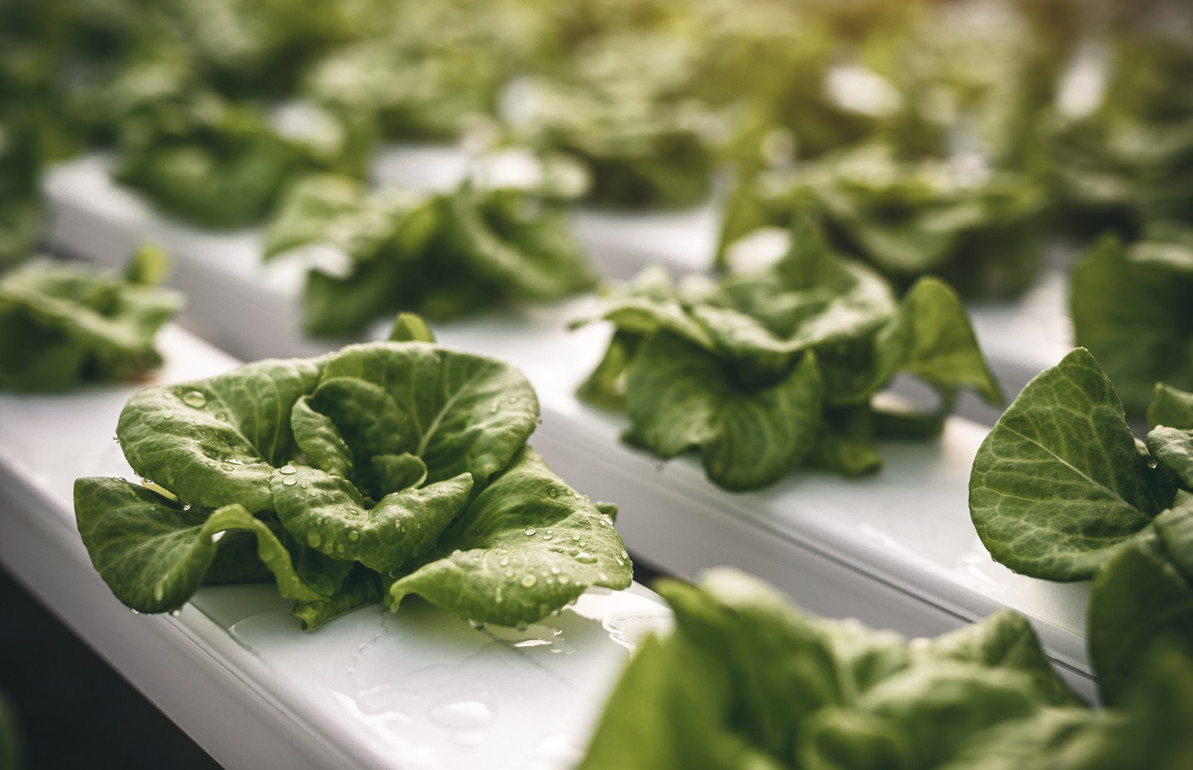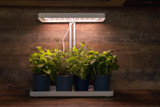Choosing the Best Media for a Successful Hydroponic System
Hydroponic systems have revolutionized how we grow plants, letting hobbyists and professionals nurture thriving gardens without traditional soil. These setups, which use water and nutrient solutions to sustain plant life, have gained traction due to their efficiency and versatility. Whether you're a seasoned grower or just starting, understanding the fundamentals of hydroponics opens doors to bountiful yields and healthier plants. By dialing into this growing method, gardeners can tailor environments that perfectly fit their plants' needs, making scant space and soil quality concerns a thing of the past.
A pivotal aspect of a hydroponic system's success is the choice of media used to anchor the plants. Picking the right media ensures that your plants receive consistent support and ample nutrition for whatever you decide to grow. Imagine a strong foundation supporting a building; the same logic applies here. Selecting the right media is crucial for providing the essentials your plants need. This setup step impacts how well plants absorb nutrients, maintain stability, and tackle root development. As we break down different types of media and their applications, you'll discover just what it takes to optimize your hydroponic system for great results.
Understanding Hydroponic Media
Hydroponic media might sound like something straight out of a science textbook, but it simply refers to the materials used to provide support and a growing foundation for plants in a hydroponic setup. Unlike the soil in traditional gardening, hydroponic media serves a distinct purpose of anchoring plants and aiding in moisture and nutrient absorption. Without a proper medium, plants might not have the stability they need, leading to a less ideal growing experience.
Traditional soil is left out of hydroponic setups because it doesn't suit the water-based environment. Soil can carry pests, diseases, and impurities that don't mix well with the controlled conditions of hydroponics. Instead, hydroponic media offers a sterile, stable, and efficient way to cultivate plants. Each type of media has unique features that cater to specific plants and growth objectives, providing options for various scenarios.
This approach means that you're always in control, allowing for a fine-tuned environment where you can influence factors like aeration and moisture levels. By understanding and choosing the right hydroponic medium, you ensure plants have just what they need to thrive. It makes the difference between good and extraordinary results, helping you grow stronger, healthier plants while exploring the exciting world of soil-less gardening.
Types of Hydroponic Media
Choosing the right hydroponic media can feel like exploring a treasure chest filled with unique options. Each type of media offers distinct features that impact your garden in meaningful ways. Here’s a quick look at some popular options.
- Rockwool: This is a popular choice due to its excellent water retention and aeration. Blocks or cubes of Rockwool provide plants with good root support. However, handling Rockwool requires care, as fibers can be irritating.
- Clay Pellets: Known as expanded clay, these pellets provide great aeration and drainage. They're reusable, which is a bonus. On the flip side, they don't retain moisture well, so they may need more frequent watering.
- Perlite: Lightweight and airy, perlite promotes excellent drainage and prevents waterlogging. It's an excellent buffer for pH levels. However, its lightness might not offer enough stability for larger plants.
- Coco Coir: Made from coconut husks, coco coir is a sustainable option that retains moisture well while providing good drainage. It's an eco-friendly choice but can sometimes require additional buffering for pH balance.
These are just a few examples, and each has its pros and cons. Deciding which is best for your system involves considering your plants' needs and your personal gardening preferences.
How to Choose the Right Media for Your Hydroponic System
Selecting the correct media doesn't have to be challenging. Think about the specific needs of your plants and the conditions you plan to maintain. Consider factors like water retention, aeration needs, and the media's weight, especially if you’re working with plants that grow tall and may require more support.
1. Plant Type: Some plants prefer media with higher water retention, while others thrive in well-aerated setups. For example, leafy greens might flourish in media that holds moisture, while herbs may need more air around their roots.
2. System Design: Hydroponic systems vary, from nutrient film techniques to wick systems. Choose a media that suits your system's water flow and support needs.
3. Environmental Factors: Your ambient environment also plays a role. If you're in a dry area, a media that retains water might be beneficial. Conversely, in a more humid climate, opting for media with good drainage might be wisest.
4. pH Balance: Maintaining the right pH level is essential for nutrient absorption. Some media influence pH more than others, so you'll want to monitor and adjust as necessary.
Remember, finding the perfect media might take some experimentation. Start with small batches and adjust based on your observations.
Common Mistakes and How to Avoid Them
Beginning with hydroponics can lead to several common missteps, but with a bit of foresight, they’re easy to avoid. One frequent mistake is choosing media based only on availability rather than plant needs or system compatibility. Another pitfall is failing to monitor and adjust the pH, compromising plant health.
- Always do a trial with new media types before committing fully. Testing on a smaller scale can save a lot of trouble down the line.
- Regularly check and adjust the pH levels, ensuring your plants can access the nutrients they need.
- Don't overlook the importance of system compatibility. A powerful hydroponic setup depends on how well each component, including the media, works together.
Having the right tools and knowledge can transform a challenging situation into a rewarding experience.
Your Hydroponic Journey
Embarking on the hydroponic path offers exciting opportunities for innovation in your gardening journey. Whether you’re looking for an abundant harvest of fresh greens or aiming to cultivate thriving houseplants, the right media is key. By making informed decisions and learning from common pitfalls, you’ll set the foundation for a flourishing hydroponic garden. It's about creating a cycle of learning, growing, and adapting — the true nature of gardening.
Whether you’re just starting or looking to fine-tune your hydroponic garden, having the right foundation makes all the difference. Choosing the proper media ensures your plants have the best possible environment to thrive and flourish. Shore Grow is here with a range of supplies and expert advice to help you every step of the way. Dive into the details with us and see how the right choices can lead to a successful and satisfying gardening experience.
Recent Posts
-
How to Adjust LED Grow Light Settings for Optimal Growth
LED grow lights have become a favorite tool for many cannabis growers, thanks to their efficiency an …Oct 29th 2025 -
Must-Have Lighting Accessories for Any Grow Room
Starting a cannabis grow room can be quite an adventure, especially when it comes to picking the rig …Oct 29th 2025 -
Tips for Resolving Inefficiencies in High Intensity Discharge Lamps
High Intensity Discharge (HID) lamps play a crucial role in hydroponic cannabis cultivation, offerin …Oct 22nd 2025




